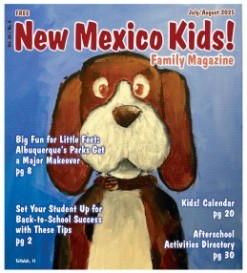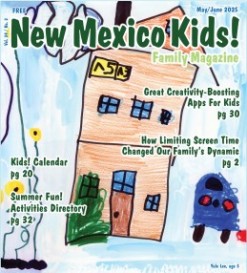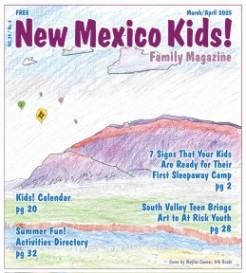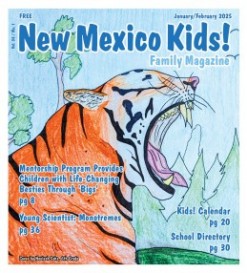Reflexology For Kids
Reflexology For Kids
September 28, 2022By GWYNNE ANN UNRUH
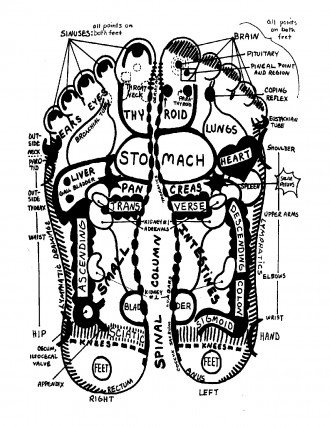
Some days our children never seem happy or satisfied, which can be exhausting and frustrating. On days when kids are fussy, demanding and difficult, a Reflexology session can change the mood for you and them. Follow it with a spa oatmeal foot scrub and a little deep breathing, and your young child’s nasty day will melt away. After they have felt the relaxation a Reflexology session can give them, don’t be surprised if they want to grab your feet and work on you!
Reflexology is an ancient healing technique based on the principle that the anatomy of the body is reflected in miniature on the feet and other areas of the body. The underlying theory behind Reflexology is that there are "reflex" areas on the feet and hands that correspond to specific organs, glands and other parts of the body.
Reflexology is the application of pressure to areas on the feet (or the hands) to bring balance back to the body and mind. The therapy helps to clear away the stress and turmoil of everyday life, gradually increasing mental and physical clarity. Reflexology can help children relax and calm down after a day of playing or school.
Actually, anyone of any age can enjoy the benefits of Reflexology, even babies.
Reflexology helps to improve sleeping patterns by providing a natural way to balance and relax the body. A gentle pressing on a baby's foot using thumbs and fingertips can settle an irritable baby and relax them to help induce sleep. It can help with colic too.
The feet have thousands of nerve endings, which explains why foot rubs feel so good. Our feet are complex anatomical structures that include 42 muscles, 26 bones, 33 joints, 250,000 sweat glands, 50 ligaments and tendons and 15,000 nerve endings.
History of Reflexology
Reflexology has ancient origins. On an Egyptian tomb of a medical doctor found in Saqqara, Egypt, a pictograph shows Reflexology being performed on the hands and feet. Knowledge of Reflexology traveled from Egypt to Greece and Arabia and then to Europe through the Roman Empire. The history of Reflexology in the East can be traced from India, China and Japan. In India, a painting of the God Vishnu's feet has Sanskrit that may actually show Reflexology points.
Modern Reflexology is based on the work of two American physicians, Dr. William Fitzgerald and Dr. Joe Shelby Riley, of the 1920s. Physiotherapist Eunice D. Ingham developed Fitzgerald and Riley's knowledge into a usable therapy, calling it Foot Reflexology. She took it to the public by traveling around the country starting in the late 1930s, teaching groups of people her method.
Research studies in Reflexology conducted around the world are validating the effectiveness of Reflexology on a wide variety of conditions.
So how can you use Reflexology to support the health and well-being of your family? Many of our health problems can be linked to stress. Stress can be mentally, emotionally, physically or environmentally induced. Reflexology can help negate the effects of stress while it helps the body relax and balance.
Reflexology Theory
A foot Reflexology chart maps out various pressure points on the foot that are energetically connected to other areas in the body. There are several inexpensive ones available online.
The very process of touching the feet sends messages to the rest of the body to relax. The basic belief is that applying pressure to these reflex areas can open energetic pathways to those areas of the body and bring them back into balance.
The areas of the foot include the following:
• the tips of the toes reflect the head
• the heart and chest are around the ball of the foot
• the liver, pancreas and kidney are in the arch of the foot
• the lower back and intestines are towards the heel
To start a foot Reflexology massage, hold your child’s heel in one hand and begin with the toes. Massage with a rotating thumb technique. Using your thumbs, press in, rotate, lift and then move, focusing on covering only small areas of the foot at a time. You also can perform thumb and finger walking on the tops and sides of the foot. Work with your child to find out what pressure feels good. Some like a feather touch until they get used to what you are doing, others like deeper pressure.
The Reflexology youtube video, Positive Touch for Children with Mary Atkinson, shows the author demonstrating additional Reflexology techniques for you to enjoy with your child. Atkinson’s book “Healing Touch for Children” contains additional concepts.
Homemade Coconut Oatmeal Scrub
This is a fun Spa Scrub you and your kids can make for after their Reflexology. An oatmeal scrub is like having a spa day at home and can help your children feel relaxed and relieved from stress. The scrub helps exfoliate their feet and remove dead skin cells that are present.
·1-1/2 cups Oatmeal
·1/2 cup Organic Coconut Oil
·1 tsp real vanilla extract
·1 tsp honey or honey alternative
·1 tsp brown sugar
Mix the ingredients together in a small bowl. Using a back-and-forth light friction stroke, scrub the foot. Soak their feet in a plastic foot tub or bowl of warm water. Wipe dry and finish with the application of a moisturizer.
Deep Breathing Exercises Just Before Sleep
This breathing technique will help calm your child for bed. It works for grownups, too!
lGet them comfortable. Have your child lie on their back in bed or on the floor with a pillow under their head and knees.
·lTell them to place one hand on their belly and as they breathe in, let their belly fill with air until they feel it rise like a balloon.
·lHave them inhale very slowly for 5 seconds (3 seconds for younger children): Count 1-2-3-4-5. Exhale very slowly through their nose or mouth for 5 seconds: 1-2-3-4-5. Wait for 5 seconds: 1-2-3-4-5. Repeat the process three more times (1 minute total).
Have fun playing with these relaxation techniques with your children. You’ll be amazed how Reflexology, foot scrubs and deep breathing can calm you and your child at the end of the day. Encourage your children to work with each other and on you after they have received these natural therapies.
Healthy touch builds a solid foundation for love, respect and health throughout their lives.
Gwynne Ann Unruh was founder and director of New Mexico College of Natural Healing.

